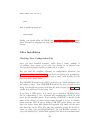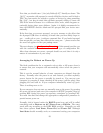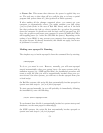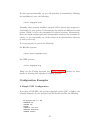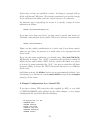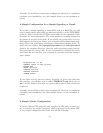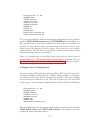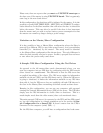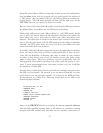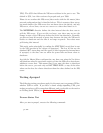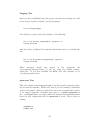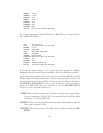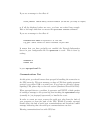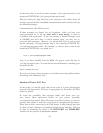thing like what follows. What is important is that you get the information
from an ether cable over the network and you must specify the address of
a “NIS server” that is running NIS (not the Master/Slave networking de-
scribed above). The NIS slave apcupsd will then poll the NIS server at the
NETTIME interval you specify to obtain the status.
Here are a few words from Adam Kropelin concerning the difference between
the Master/Slave networking and the NIS-based networking:
Think of the difference as push (Master/Slave) vs. pull (NIS-based). In the
case of M/S, the master makes all the shutdown decisions and notifies the
slaves when they are to shut down or when some other interesting event
happens. The slaves just do whatever the master says, whenever the master
says to. On the other hand, with the NIS-based network config you basically
“publish” the UPS status from one server and then your clients view that
status and make their own decisions.
Personally, I like the NIS-based approach because the master knows nothing
about the slaves, thus there are fewer configuration files to keep in sync.
I also like the flexibility of allowing each slave to make its own decision
on when to shut down; some of my old clunker servers take quite a long
while to shut down. There are problems reported occasionally with the
M/S approach, where slaves sometimes lose contact with the master or vice-
versa. I know improvements have been made in that code, but I still like
the simplicity of using NIS.
Another thing to think about is how you feel about running a network service
like NIS on your firewall. My network is set up almost identically to yours
and I chose to run the apcupsd “master” on a server in the DMZ and have
the firewall just be a client of it. That way I don’t have to run NIS on the
firewall apcupsd instance.
## apcupsd.conf v1.1 ##
UPSCABLE ether
UPSTYPE net
LOCKFILE /var/lock
DEVICE server-network-address:3551
UPSCLASS standalone
UPSMODE disable
NETTIME 10
where on the DEVICE directive you replace the server-network-address
with the fully qualified domain name or IP address of a machine running
apcupsd with NIS enabled (and normally, but not required, connected to a
57



